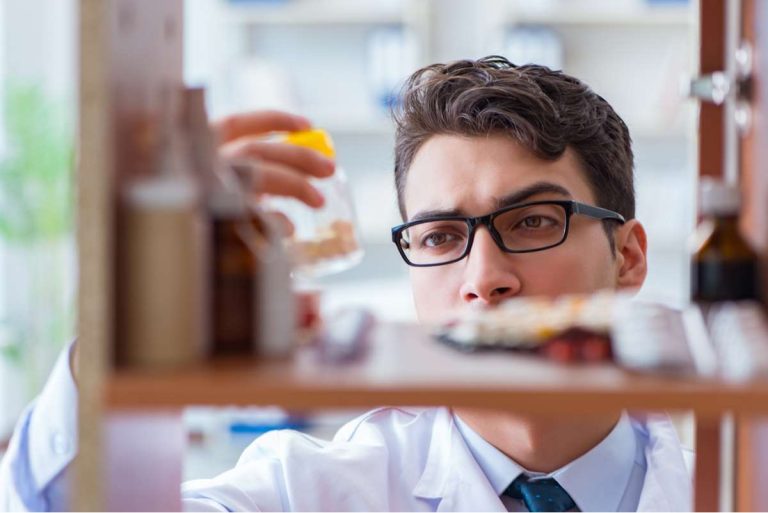The information we provide is not intended to be a substitute for professional medical advice, diagnosis or treatment. It should not be used in place of the advice of your physician or other qualified healthcare providers. The cycle of addiction is created by changes produced in brain chemistry from substance abuse. This cycle of addiction continues unrestrained, until some type of intervention occurs (self-intervention, legal, family, etc.). Each person’s journey through the stages of addiction may vary in severity or length, but many go through the same distinct stages in their descent into drug or alcohol addiction. Identifying the stages of addiction can help you break the cycle of drug use and find the best treatment for your unique situation.
Dealing with it can feel impossible, but with professional help, you can be better equipped to conquer your addiction. Returning to the real world after participating in a residential recovery plan can be difficult. Without proper continued care, most people would return to their old lifestyles. Actively participating in the treatment process is key to a successful recovery.
Treatment During the Addiction Cycle
A first-time user feels intense pleasure after using the substance or engaging in the activity and wants the experience again. Addictive substances flood the brain with dopamine, a feel-good chemical that rewards and motivates one to repeat the behavior. Continued exposure to the behavior leads to tolerance, where larger amounts of the https://ecosoberhouse.com/ substance are required for the same effects. Addiction is a chronic brain disorder that leads a person to lose control over how they use a substance or engage in an activity. An addicted person will crave and seek drugs and alcohol or continuously engage in activities like sex, eating, and gambling despite obvious adverse consequences.
According to the American Psychological Association (APA), addiction is a chronic brain disorder that affects an individual’s sense of pleasure, motivation, and memory. While there are psychological, biological, environmental, and social factors that can play into addiction, it is well-known that a large portion of the risk for addiction stems from genetics. Over the last two decades, the development of neuroimaging techniques has led to a whole different approach to conceptualizing human development. Instead of looking specifically at behavior, many researchers use animal models, behavioral studies of people, and neuroimaging studies to help them explain how specific mental health disorders may develop. Depending on many genetic and environmental factors, some first-time users may not continue the cycle of addiction.
Westwind Recovery® Can Assist You with Addiction
If not through feelings of guilt or shame, eventual withdrawal symptoms will appear, causing discomfort and frustration. These events might look different for some people, but are fairly common amongst those struggling with addiction.. This negative feedback loop is called the cycle of addiction, and it’s a way to better understand the complex nature of addiction. Tolerance is the result of the chemical changes to the brain that occur as the result of continuing to use and abuse whatever substance or substances you are taking. It’s these chemical changes that result in you needing to take more of the substance to reach your desired effects. There’s a community of people out there, just like you, trying their best to break free from the cycle of addiction.

An individual may go through multiple attempts to stop using a substance before realizing that addiction is a factor. However, when addiction is diagnosed, it is possible to interrupt this cycle of addiction, abstinence, and relapse by getting professional treatment that is backed by research showing its ability to help. Children of alcoholics (COA’s) are at increased risk for behavioral and emotional problems, including alcoholism. Research has helped guide the design of prevention and intervention programs aimed at reducing this risk. Currently, most such programs for COA’s use a short-term, small-group format, often conducted within schools. Broad-based community programs are another promising option, but have not been sufficiently studied.
Explaining the Cycle of Addiction
In the first stage of addiction, initial use, an individual takes the substance for the very first time. This first substance use may be all it takes for someone to develop an addiction. In this next stage of addiction, the individual begins to use the get out of addiction cycle substance repeatedly to feel the positive effects, cope with existing issues, or escape reality. This first use of drugs or alcohol might be all it takes to form an addiction due to the rush of dopamine to certain neurotransmitters in the brain.
As an example, for illicit substances used to feel a “high,” even one use is considered to be abuse. Some of these illicit substances can also result in tolerance within one or two uses. Nevertheless, in the majority of cases, all of these steps are part of the chronic cycle of addiction. The brain adapts to consistent alcohol or drug use and becomes reliant on it, leading to impulsive and often risky behavior to obtain the substance of choice. At this point, the user is no longer in control of their actions and will continue to fight overwhelming urges with little to no success. This is why it’s crucial to tackle addiction as a disease that requires professional intervention.

